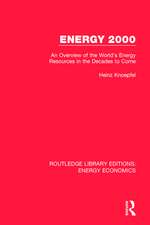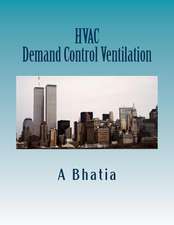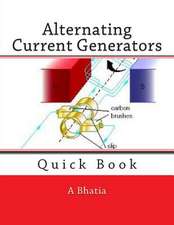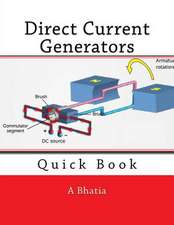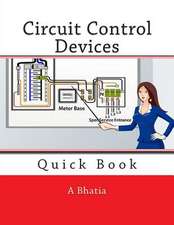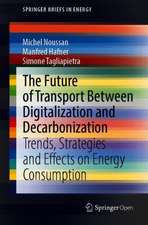Circuit Protection Devices
Autor A. Bhatiaen Limba Engleză Paperback
Preț: 82.79 lei
Nou
Puncte Express: 124
Preț estimativ în valută:
15.84€ • 17.20$ • 13.31£
15.84€ • 17.20$ • 13.31£
Carte disponibilă
Livrare economică 01-15 aprilie
Preluare comenzi: 021 569.72.76
Specificații
ISBN-13: 9781508517160
ISBN-10: 1508517169
Pagini: 44
Dimensiuni: 216 x 279 x 2 mm
Greutate: 0.13 kg
Editura: CREATESPACE
ISBN-10: 1508517169
Pagini: 44
Dimensiuni: 216 x 279 x 2 mm
Greutate: 0.13 kg
Editura: CREATESPACE

